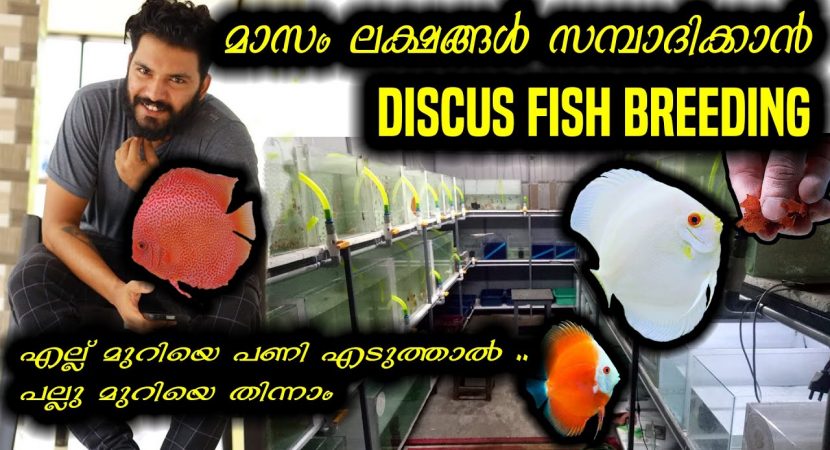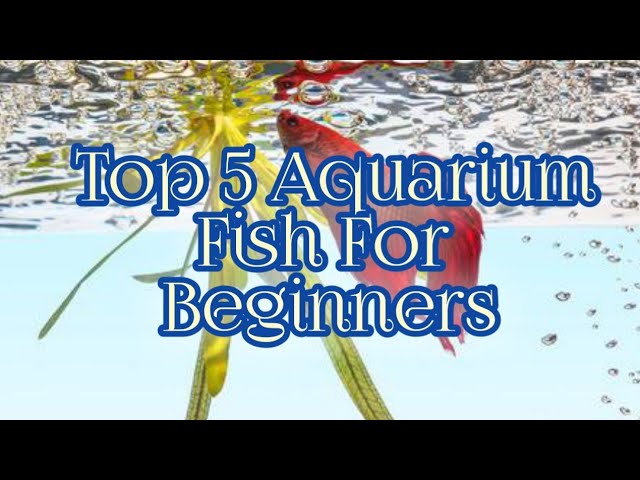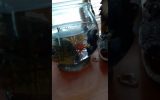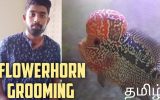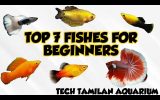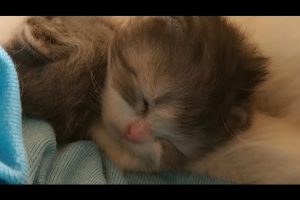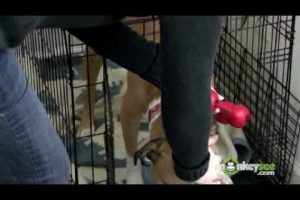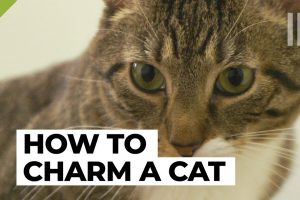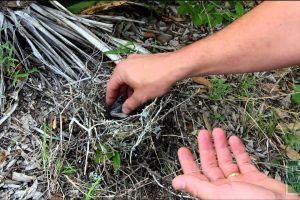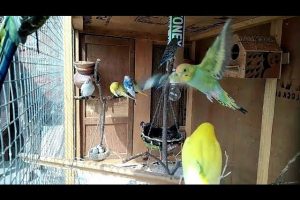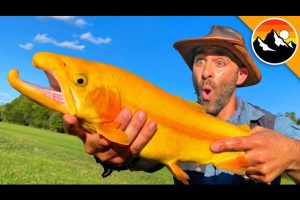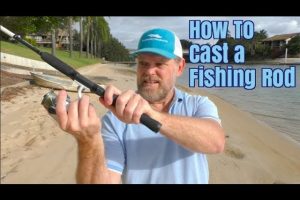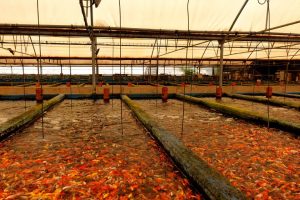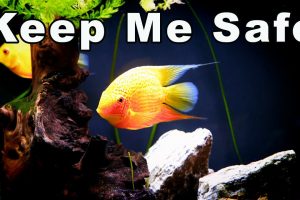AQUA PARADISE
75 60 921 571
NAMASTE KERALA
Mobile : 95 26 99 74 92
ആയിരകണക്കിന് Discus ശേഖരവുമായി ഒരു കിടിലൻ Discus farm | Aqua Paradise | How to choose best pair
വിദേശ ഡിസ്കസ് മീനുകളുടെ മനം മയക്കും ശേഖരണം Wonderful Discus fishes Collection Of Aqua Paradise
AQUA PARADISE
AQUA PARADISE is mainly focusing on premium quality Discus fishes. They are located in North Paravur, Kerala, India. They breed good quality discus fishes and sale all over India. If you have any genuine doubts about Discus Fish keeping , You can contact AQUA PARADISE. But we are requesting you to not ruin their time by asking unnecessary questions .
Discus fish breeding :
Because Discus Fish (Symphysodon) prefer to choose their own mates, aquarists who hope to breed Discus usually buy several specimens (5-10) at a young age. When two fish are seen to pair off, the other Discus are removed from the aquarium, and you have a mating pair to work with. Do not buy a male and a female online and expect them to breed; you will be disappointed. However, a guaranteed mated breeding couple may be a good idea since a pair of Discus usually mates for life. That said, you are looking at a very expensive proposition, mated pairs can run into the thousands, depending on the strain.
Note: If you are lucky enough to have a local store that deals in many Discus, the owner may let you observe the fish for a while and find a pair in the bunch. If the store allows you to do this, you have found a friend indeed, patronize that store for many years to come.
Distinguishing Males from Females
It is nearly impossible to distinguish male Discus from females. As spawning time approaches, the female’s abdomen becomes slightly enlarged because of the eggs she is carrying. A few days before she lays her eggs, the female develops a short tube, or ovipositor, just in front of her anal fin.
In most respects, Discus Fish spawn like angelfish. The eggs hatch in about 3 or 4 days, during which time the parents guard the eggs, fan them with their fins, and work them over with their mouths, cleaning them of fungus or any foreign objects that may befall them. At first, the tiny, sliver-like fry remain nearly motionless on the spawning site, unless the parents move them to a new location, which they seem to do quite often.
Why Most Attempts at Breeding Have Failed
About 4 days after hatching, the young become free-swimming. It is here that most attempts at Discus breeding failed in the past and here is why. Before we knew how this amazingly unique fish had adapted in nature to raise its young, breeders would remove the parents from the tank, as they would angle fish, to avoid the parents eating the young. However, the fry would not eat and began to die almost as soon as the parents were removed. Many different types of fry food were attempted, but at most 1-6 fry were all that could be saved from batches of up to 200 fry.
Parents Are Necessary to the Development of the Fry
Then, totally by accident, several aquarists made a truly startling discovery. They decided to leave the parents with the newly hatched young, since angle fish occasionally make good parents, and low and behold, not only were Discus, good parents, they are absolutely necessary to the development of the fry. They found that the baby discus eats something from the sides of their parents, as a puppy would from its mother. Further, they found that to remove the Discus parents from the fry, was inevitable to starve and kill the fry.
One of the first to observe baby discus feeding from their parents was Gene Woldsheimer, a gifted aquarist-photographer from California, famous in those days for cover shots on The Aquarium Magazine:
Later studies by scientists showed that there is special food producing cells or glands in the parents’ skins. As the babies reach the free-swimming age, they cling to the side of one parent, feeding while they cling. When one parent grows weary of the babies, it shakes itself, and all the babies are transferred to the side of the other parent.
For several weeks the fry continues receiving nourishment from the parents. Gradually they become less and less dependent upon the parents until finally, they are completely on their own. Baby Discus may be nearly a half-inch long before they become completely independent.
A young Discus bears little resemblance to their parents. For the first months, they are elongated, like most cichlids. But by the time the body of the fish reaches the size of a dime, they are nearly as rounded as the adult.
Technical Data for Breeding Success of Discus
There are many shortcuts to breeding Discus today, and I encourage you to try some of them. I was in a local Orlando store the other day called Sealife Marine and in their front display tank loaded with all kinds of freshwater fish of all sizes and shapes – guess what?
View Original Source

